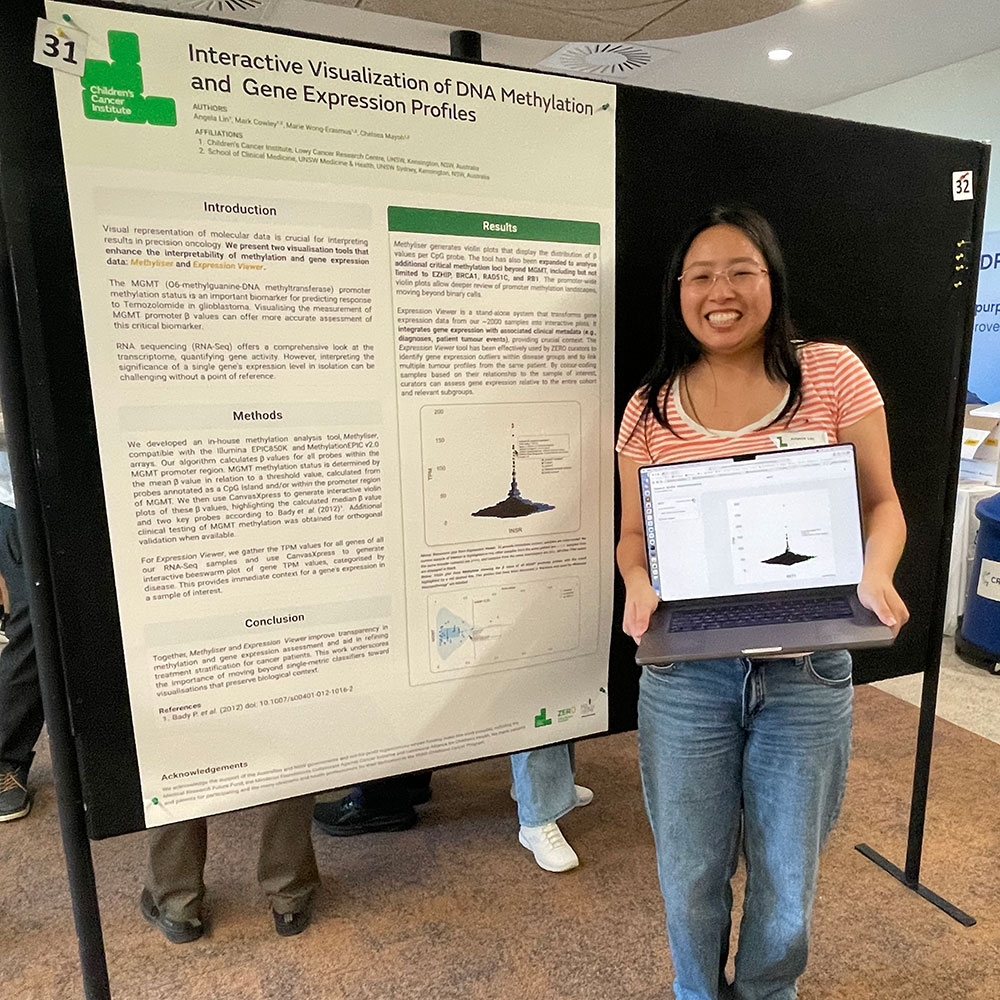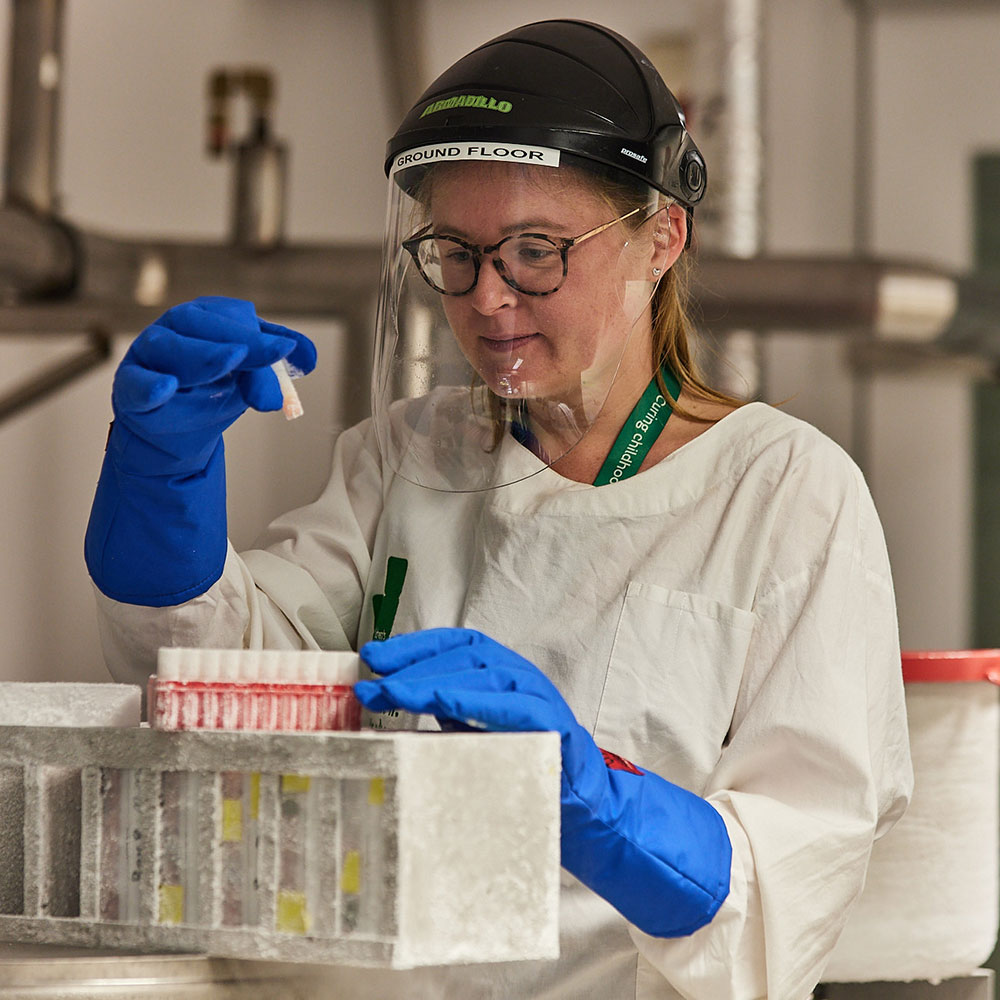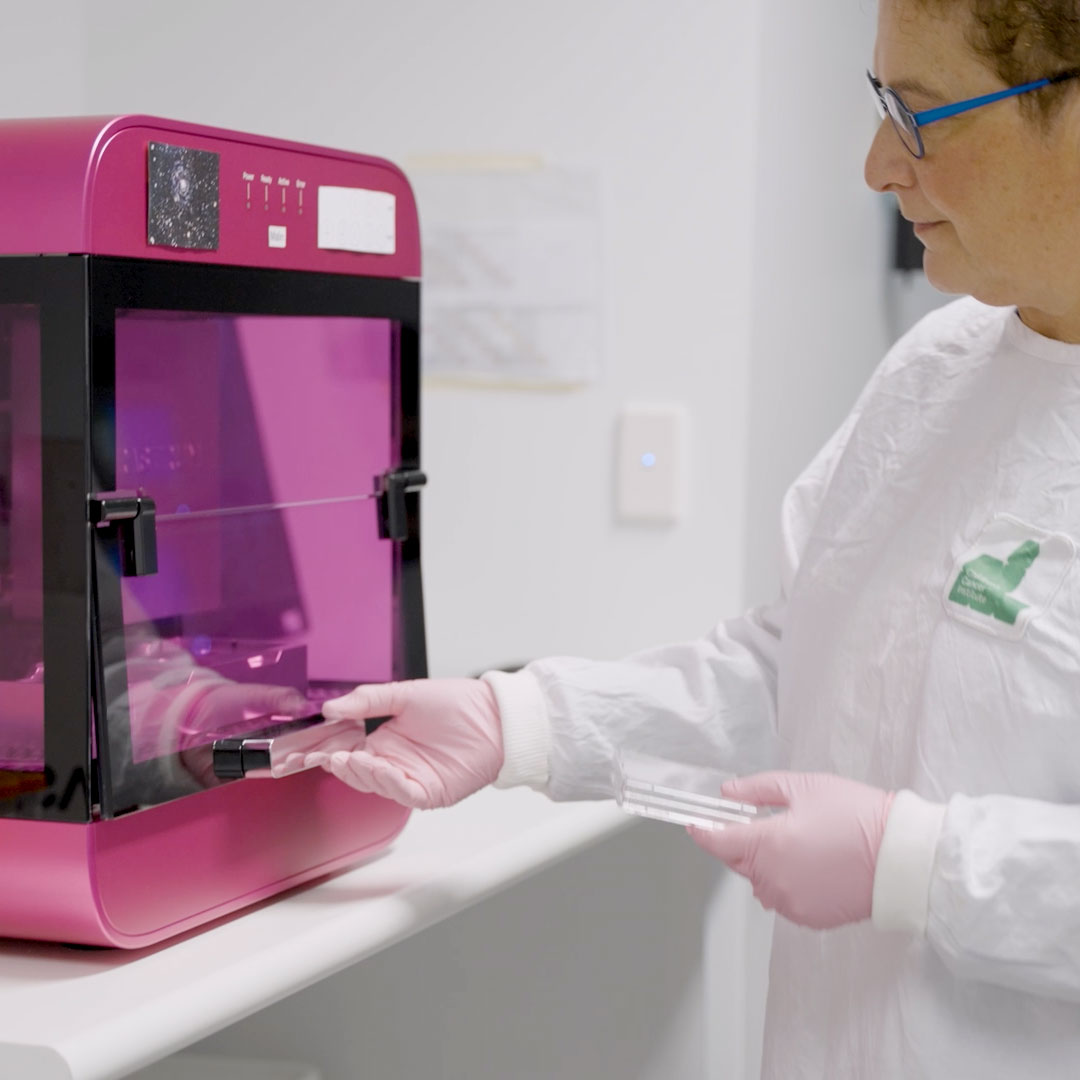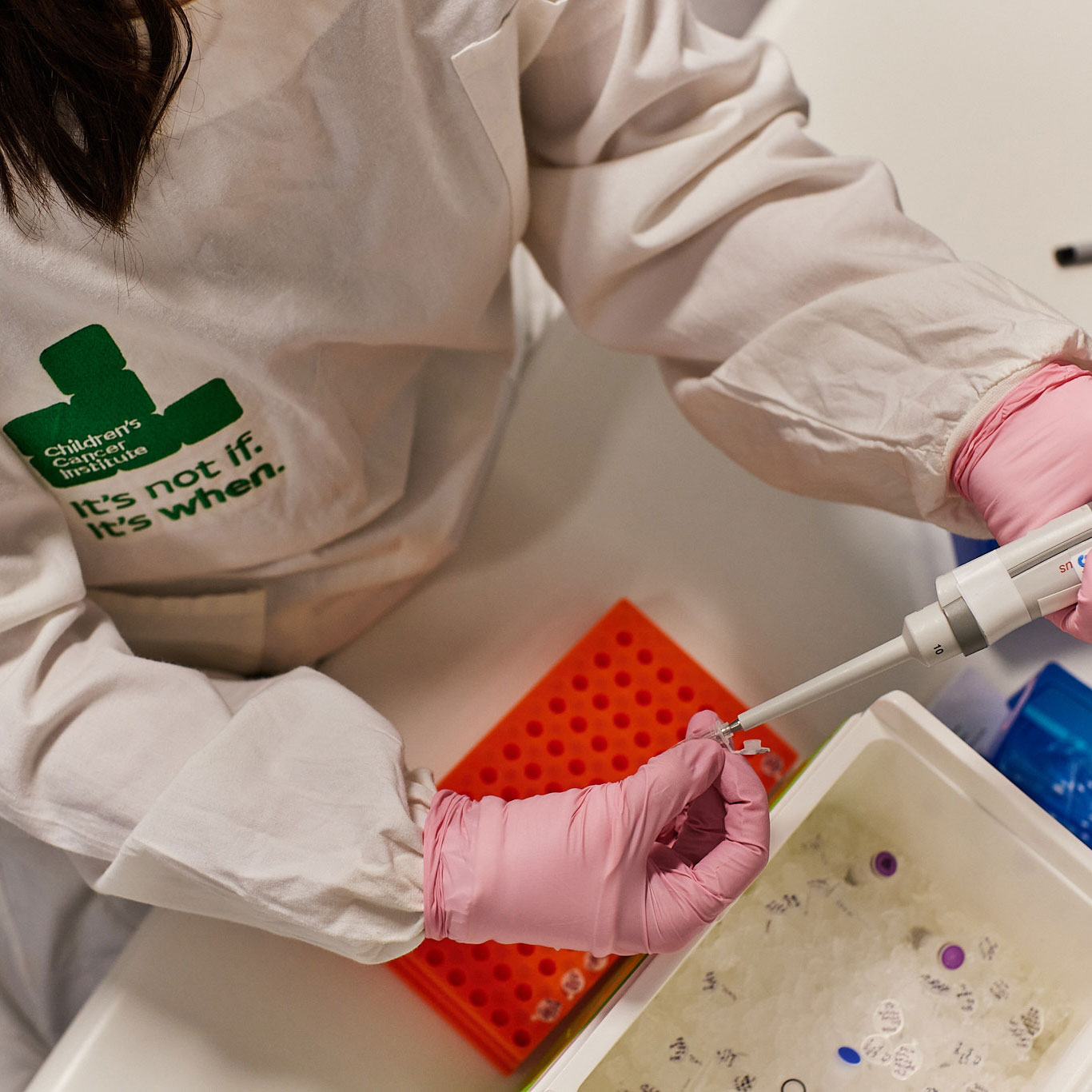Childhood Cancer Awareness Month is a time to appreciate how far medical research has brought us, and to look forward to one day curing every child. Eight out of ten children now survive cancer for what was once a virtual death sentence. But we’re determined to make it ten out of ten.
This month on our blog you’ll see how we’re translating our research from lab bench to hospital bedside in our vision to find a cure for every child with cancer. Each week we’ll guide you on the journey. Here’s your itinerary:
- Week 1: Starting with the basics
- Week 2: Testing our results
- Week 3: Going into the clinic
- Week 4: The future of childhood cancer research
Got your boots on? Let’s go.

Every journey starts with a single step.
Cancer biology basics
To conquer childhood cancer you have to understand it. So our research begins with investigating the characteristics and causes of children’s cancers. Fundamental cancer biology research leads to vital discoveries which can then be developed (translated) into treatments for the clinic.
Our efforts are focused on the commonest and hardest-to-treat childhood cancers, including cancers we featured last year during Childhood Cancer Awareness Month – leukaemia, neuroblastoma, and brain cancer.
While all these cancers are different, they do have common features, such as:
- They all originate from a normal cell that has been mutated (the DNA is damaged) and started to multiply uncontrollably, invading surrounding tissues.
- Cancer cells are immortal because, unlike normal cells which have a built-in ‘death switch’, cancer cells keep reproducing themselves ad infinitum.
- Cancer cells are extremely adaptable, ramping up processes that help them grow faster and, when treated with drugs, employing tactics to resist being killed, ‘drug resistance’.
The devil’s in the detail
Because all cancers share these features, it should be easy to find one cure for all of them, right? Unfortunately, it’s not that simple. Although all cancers possess these features, they acquire them in different ways. That’s because they arise from different types of cells.
The human body consists of many cell types (e.g. white blood cells, nerve cells), all performing their specific functions in specific locations. Each cell type has its own biological characteristics, and operates according to its own set of instructions.
The different types of childhood cancers arise from different types of cells, when one or more errors occur in the operating instructions of a particular cell. For instance leukaemia arises from a faulty white blood cell, and brain cancer from a faulty brain cell. Identifying and understanding which changes in their operating instructions cause cancers to arise, and which equip cancer cells with drug resistance, gives us targets to aim at. Knowledge is power.

Neuroblastoma cells under the microscope. Image: Dr Andrew Gifford, Prince of Wales Hospital/Children’s Cancer Institute.
Understanding childhood cancers
We’re using multiple approaches to understand how different childhood cancers arise and become drug resistant. For example:
- stem cells are ‘pluripotent’, able to form into different types of blood cells, and they are thought to be responsible for the persistence, drug resistance and relapse of leukaemia. Our Cancer and Stem Cell Biology group is identifying leukaemia-specific processes that can be targeted without damaging normal cells.
- We’re unravelling the processes behind how childhood cancer neuroblastoma starts and progresses, and using this information to find more effective treatments (such as CBL137) and, potentially, prevention strategies. This builds on many years of neuroblastoma biology research in our Molecular Carcinogenesis Program.
- Our researchers are changing the future for kids with brain cancer, particularly Diffuse Intrinsic Pontine Glioma (DIPG), the deadliest childhood brain cancer. They’ve successfully grown DIPG cells in the lab – the first in Australia. This is a unique resource for investigating the characteristics of DIPG cells and testing new therapies, and a tribute to the determination of our Targeted Therapies group to find a cure.
The rationale underlying all these approaches is that, by better understanding each childhood cancer, we can better identify cancer-associated molecules as specific drug targets and then find drugs that disrupt them.
Stay tuned for next week on Awareness Wednesday, when you’ll see how we’re putting that understanding to the test. Identifying new targets is just the beginning.















